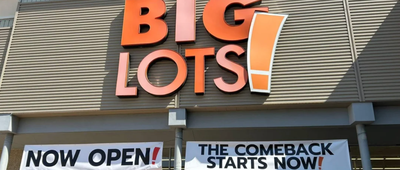Innovate or Die
The march of time takes a toll on even the best companies. For many, it’s just a matter of time before another comes along and builds that proverbial better mousetrap. For others, it's a chance to innovate and become even more dominant. Here are some big names that found success after their pivot point — some in the face of adversity, others because their leadership was driven to find the next big thing. They include Netflix, which recently announced that it will be introducing a lower-priced ad-supported version in a bid to get departing viewers to come back.





















